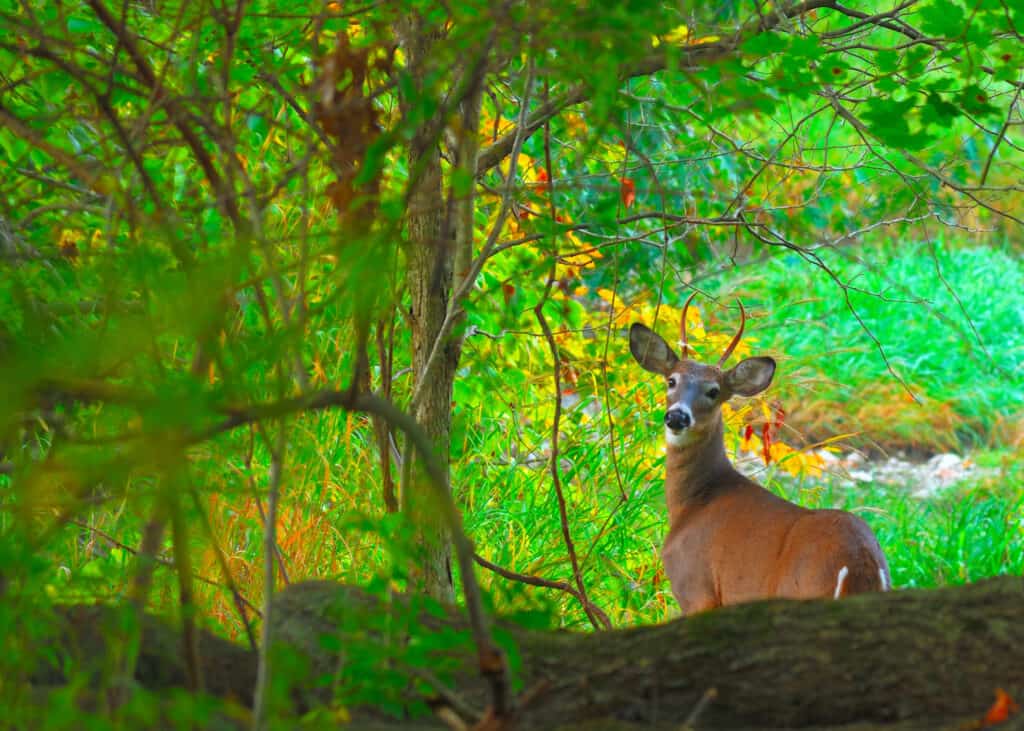

Axis deer originally were introduced to the Texas Hill Country in the early 1930s as exotic game.

Whereas most Texas deer shed their antlers in mid- to late winter, axis bucks can lose theirs any time of year.Ī Texan for nearly 90 years. Only axis bucks grow antlers, which usually are three-pronged and can grow to around 3 feet long. Females, called does, weigh just over 100 pounds. Males, called bucks, weigh in at close to 200 pounds. locations include California, Hawaii and Texas.Īlso known as the spotted deer or chital, axis deer are orange and reddish-brown with white spots. The species has been introduced to various countries, including the United States. The axis deer (Axis axis) is a deer species native to the grasslands of India and Sri Lanka. On : The Texas freeze's silent victims: wildebeest, gemsbok antelope and other 'exotic' animalsĪnd while last month’s winter storm hit Texas axis hard (Seale said the hard freeze took out more than half of the state’s free-ranging deer) the hardy and highly reproductive species is expected to carry on.Īn Indian import. “It’s what we consider a common exotic,” said EWA executive director Charly Seale. The Exotic Wildlife Association in Kerrville estimates around 1 million axis call Texas home, most behind high fences to keep them within the confines of a ranch, but also including free-ranging.

Prized by game hunters as well as animal buffs, the axis deer is what Gilroy calls “the gateway drug” to appreciating other exotic animals.Īnd over the decades, that hardy and hard-to-hunt deer has only seen its population grow. The axis deer certainly stands tall in both worlds. “It is the most prolific, the most sought-after and the most available animal that exists in Texas for breeding and for hunting.” “When people think about the exotic wildlife industry in Texas, the axis deer is what they think about,” Gilroy said. The CEO and co-founder of WildLife Partners, an exotics brokerage based in San Antonio, breeds around 3,000 nonnative animals across three ranches in Texas, marketing just about everything, including Arabian oryx and Grevy’s zebras, to fellow breeders, conservation-minded investors and wealthy landowners who just want their own personal safari.īut if there’s one creature he’d consider the poster child for exotics in Texas, it’s the axis deer, an animal native to India. USO /Getty Images / iStockphoto Show More Show Lessīrian Gilroy loves everything about exotic animals. Axis deer will stand on their hind legs for a bite, while males will also do that to mark branches with glands near their eyes. Theo Allofs /Corbis Show More Show Less 6 of6Īn axis buck eating in India National Park. Axis deer have been introduced to various countries, including the United States. Sylvain Cordier /Gamma-Rapho via Getty Images Show More Show Less 5 of6Ī herd of axis deer or chital in Bandhavgarh National Park, India. Axis bucks will hiss before they lock horns. Dan Verrips for WildLife Partners Show More Show Less 4 of6Īxis bucks in Karnataka, India. Dan Verrips for WildLife Partners Show More Show Less 3 of6Ī trio of axis deer does from WildLife Partners, an exotic animals brokerage based in San Antonio. Today, the three-ranch business breeds 3,000 nonnative animals. CEO Brian Gilroy launched WildLife in 2016. Getty Images Show More Show Less 2 of6Īn axis deer buck with WildLife Partners, an exotic animals brokerage based in San Antonio. Native to India, the exotic animal was introduced to Texas in the 1930s as a game animal.


 0 kommentar(er)
0 kommentar(er)
